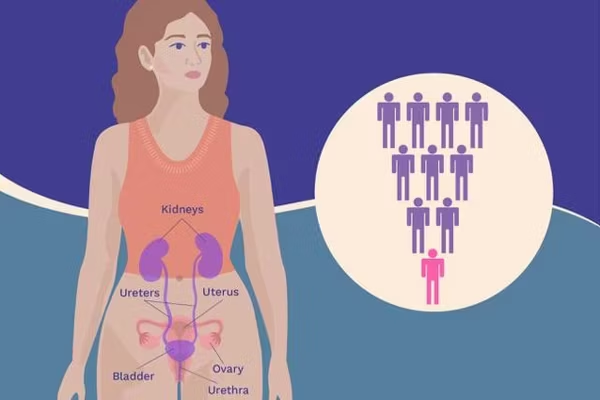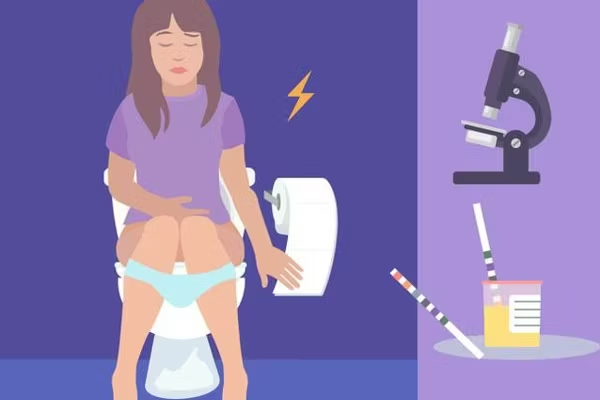- Cigarette smoking is the greatest risk factor for bladder cancer in both men and women. 50% of all cases of bladder cancer are associated with smoking.
- Past studies have shown that smoking was responsible for 28% of bladder cancer cases in women, and since 2011, the risk for women has increased to 50%.
- Current smokers are four times as likely to get bladder cancer when compared to those who have never smoked. Former smokers are twice as likely to develop the disease as those who have never smoked.
- Inhaling cigarette smoke brings cancer-causing chemicals into the lungs and the blood. It then gets filtered through the kidneys and settles into the urine. Because urine lives in the bladder, the bladder is repeatedly exposed to these harmful chemicals, which can cause changes to the cells of the bladder lining. These changes may lead to bladder cancer.
- Continuous exposure to chemicals when vaping may increase risk of developing bladder cancer. Studies show that those who use e-cigarettes may have similar carcinogens in their urine as cigarette smokers.
- Some chemicals used in the dye industry and chemicals used in rubber, leather, textiles, paint manufacturing and printing are connected to bladder cancer, putting those who work with these chemicals at higher risk. Additionally, cigarette smoking and workplace exposures can work together to cause bladder cancer. Therefore, people who both smoke and work with these chemicals have an especially high risk of bladder cancer.
You might be interested in:
Fast Facts: Everything You Need to Know About Urothelial Bladder Cancer
What Women Need to Know About Urothelial Bladder Cancer
This resource was created with joint support from Astellas and Seagen.
From Your Site Articles
- A Conversation With Dr. Sarah Psutka About Bladder Cancer ... ›
- Living With Bladder Cancer - HealthyWomen ›
- It's Bladder Cancer Awareness Month: Time to Share My Story ... ›
- What Women Need to Know About Urothelial Bladder Cancer ... ›
- Fast Facts: Everything You Need to Know About Urothelial Bladder ... ›
- The Connection Between Smoking and Urothelial Bladder Cancer - HealthyWomen ›
Related Articles Around the Web







